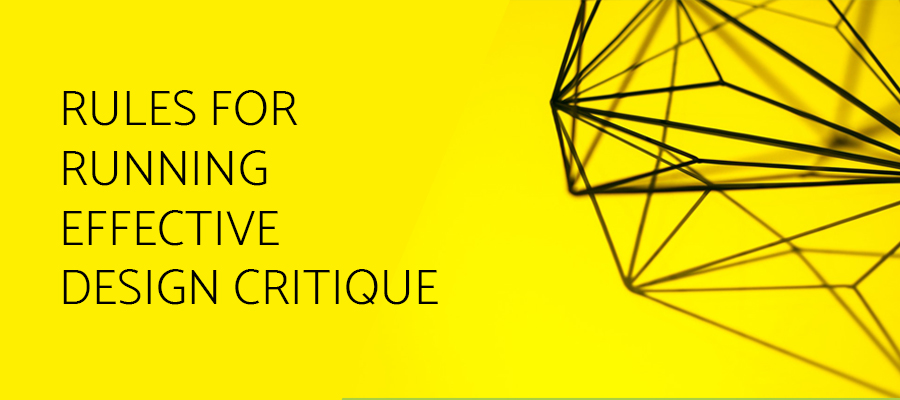Designs speak your website that directly connects the users to your brand. Hiring responsive website design India or web development services India can make your website more enticing and engaging. But just like every process, even web designs have to go through the effective design critique. Design critiques are the process whereby a team gets together and reviews a product prototype or a design. Facilitating an effective design critique is a great way to have a conversion with stakeholders, check in on the progress of your project and collect a wide breadth of feedback. Here are some rules for running an effective design critique.
Evaluate The Context
The initial step before starting any critique is that a presenter requires to give a brief summary of what they are working on. This is to give prior knowledge about what you do and why you are discussing the designs. You can guide your audience by giving a high level of summary and anticipating big issues ahead of time. This will also help your audience to provide timely feedback on your main objective. While summarizing the project you can discuss the stage of the design process you are working on, the options you have considered, and the type of feedback you are looking to be ruled out.
Assign Critique Facilitators
It is important that every meeting should have a presenter, a notetaker and a facilitator. The presenter is the primary designer who created the work. His/her job is to present the context and content of the critique. The notetaker is the one who helps to jot down the ideas and actionable takeaways for the group. Lastly, a facilitator enables the presenter to have a successful critique by enforcing the guidelines. He/she maintains the track of timing in case there are multiple topics to be presented in order to make sure that the meeting objective is clear.
Focus on Good Questions
When conducting the design critique, make sure that you avoid ‘design by committee’ by directing the conversation toward questions around how to make the experience customer-centric and consistent. The focus here should be moving towards options and away from opinions or ways to validate any hypothesis based on data and research. In order to have feedback on high-level user flow, make sure to be specific and keep critique focused.
You would surely want to encourage constructive criticism. But it is obvious that you do want to end up launching a suck bomb product by protecting people’s feelings. At the end of the meeting, make sure to have a list of problems to address and work on.

